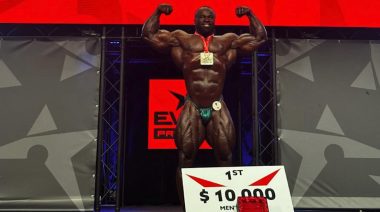A new article in the New Yorker, Does CrossFit Have a Future, sounds like a comeback tour of sorts for Greg Glassman, CrossFit’s controversial founder. Glassman tells the article’s author, Matt Horn, unapologetically as is his wont, that he has no regrets.
A new article in the New Yorker, Does CrossFit Have a Future, sounds like a comeback tour of sorts for Greg Glassman, CrossFit’s controversial founder. Glassman tells the article’s author, Matt Horn, unapologetically as is his wont, that he has no regrets.
In his first comments since the sale of his company, Glassman says, “I ran a gym I would join. Formed an affiliate program that I would particpate in…” And he goes on to say, “CrossFit succeeded because I was willing to tell the truth that no one else would tell. The world’s changed and I haven’t.”
The rest of the piece, which should be of interested to die-hard CrossFit enthusiasts and affiliate owners, doesn’t really change anything about the events surrounding the sale of CrossFit, the pro and anti feelings towards Glassman personally, and CrossFit in general.
For the rest of us, it is time time to move on from the machinations of CrossFit and see it for what it is, another fitness brand. Glassman’s got an ego on him, there is no denying that.
He has been equal parts hero and villain, and depending on who you talk to, one more than the other. However, there is no denying that CrossFit was a sea-change in the gym business.
It made big personalities out of coaches and athletes who jumped on board and it jettisoned them when they flew too close to the sun that was Glassman. Hey, that’s what it says in the article, if you don’t believe me.
We are about 50 years removed from the heyday of bodybuilding in the 70s, and the era of Arnold, who was responsible for popularizing weight training for so many people. CrossFit came along when bodybuilding had evolved into a freak show of monster builds and steroid-induced gargantuanism.
It offered a fresh approach that rewarded achievement over aesthetics, athough it did create its own aesthetics, especially changing women’s perceptions of muscularity. All of these developments are now ingrained into the fitness industry.
We’ll have to wait for Glassman’s book to rehash history some more but, you give him his due for his role in the industry. We are due another sea-change soon.






